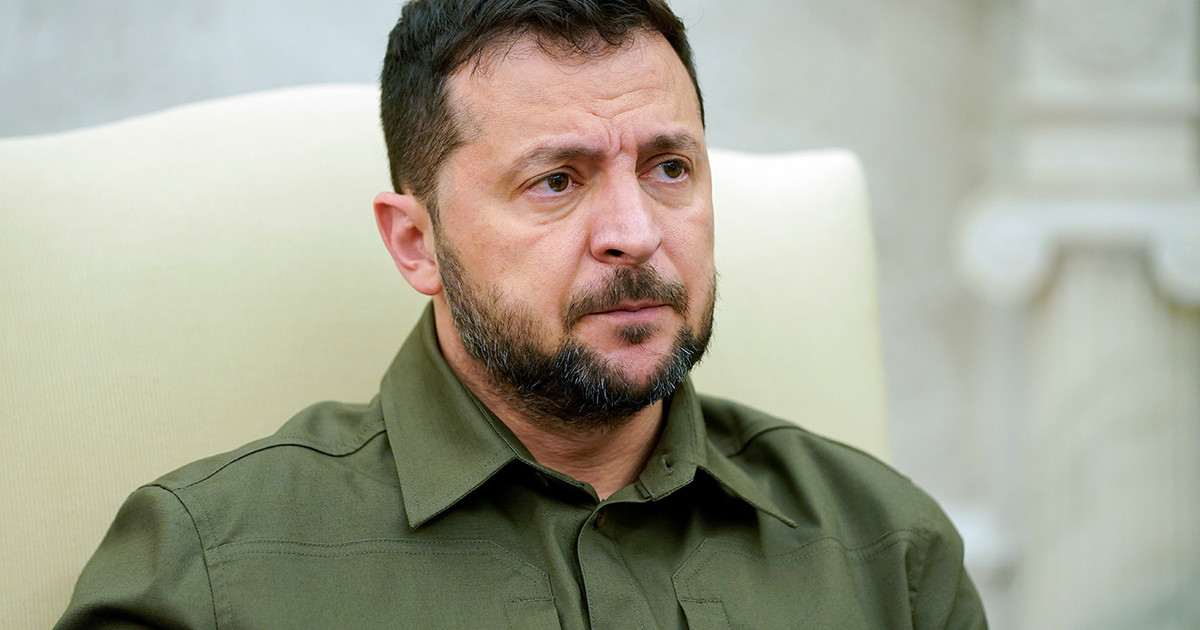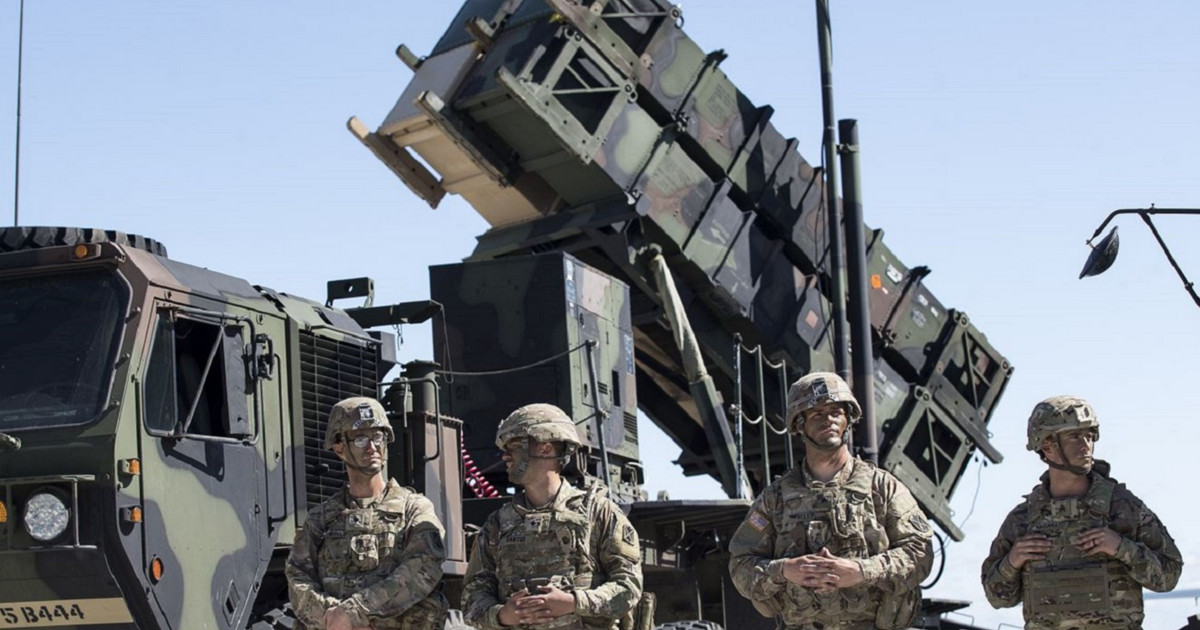Brazil, headed by the Ministry of Mines and Energy (MME), has already made its decision. Nuclear energy, as the plans for the construction of the Angra 3 plant and the announcement of the construction of a new plant prove, is a reality that is in the government’s planning for the coming decades. At least until 2050, as shown in the National Energy Plan 2050 (PNE 2050).
Meanwhile, in other countries, in a context where energy prices are soaring and climate change forces everyone to leave the world of oil and coal, the issue is divisive.
Despite this, many are already talking about a new nuclear age, without any military connotation attached to the expression – although there is, in Brazil, the plan to launch a nuclear submarine in 2033, in an optimistic forecast.
In the United States, the 90 nuclear reactors in operation produced a fifth of the country’s energy in 2020. And expansion plans are on the table. In Europe, France, where nuclear energy has always been very important and is responsible for 61% of national energy production, even continues to try to influence the European bloc to label nuclear energy as green – which would facilitate the lines of investment that are turned increasingly to a world with less carbon.
Even in Germany the debate returned. The Germans decided to abandon new investments in the sector. Some plants will be shut down in months and others in the next few years. The country, which has around 50% of its energy matrix centered on renewable sources, generates 11% of the annual demand for nuclear reactors.
But the debate is not completely over. Recent public opinion polls show that a third of the population would agree to keep nuclear power plants running if it were to lower the price of energy.
Even in Japan, a decade after the disaster ten years ago, nuclear power is being encouraged. On March 11, 2011, an earthquake followed by a tsunami hit the nuclear power plant in Fukushima, triggering one of the biggest nuclear accidents in history. All events led to the death or disappearance of 18,500 people. More than 35,000 people, after more than a decade, have not been able to return to their homes because of the risk of radioactive contamination.
Still, this energy source reappears as an alternative. “Nuclear energy is part of the solution to the serious problem of emission of gases causing the greenhouse effect from the generation of electricity with fossil fuels, contributing to serious climate change”, defends Aquilino Senra, physicist and professor at the Federal University of Rio de Janeiro ( UFRJ) since the 1970s.
According to the researcher, the cost-benefit ratio in favor of nuclear sources is fully justified. And they are re-emerging as a clean energy option mainly because of debates about the future of the planet, such as those taking place in Glasgow during COP26, the annual meeting of the United Nations Conference of the Parties.
“There are currently 50 nuclear power plants being built around the world. Brazil, despite having a very clean energy matrix, based mainly on hydroelectric generation, must decide to expand nuclear generation, so that it can face future water crises with a non-intermittent energy source.”
In general terms, as explained in a note to CNN by the Ministry of Mines and Energy, the Brazilian plan for nuclear energy is centered on two fronts. The PNE 2050, without giving many details about how many new plants will be built, estimates an expansion of between 8 and 10 Gigawatts of nuclear energy in the next 30 years (between 4 and 5 times more than the generating Angra 1 and 2, plants responsible for 1, 1% of the Brazilian energy matrix or 30% of all demand in Rio de Janeiro).
During the opening of the annual meeting of the Brazilian Association for Nuclear Activities, earlier this month, minister Bento Albuquerque surprised the sector by announcing that a fourth nuclear plant will be built in Brazil.
“In addition to the completion of Angra 3, in 2026 or 2027, the plan includes a new nuclear plant in Brazil. For this the Ministry of Mines and Energy, EPE [Empresa de Pesquisa Energética] eo Cepel [Centro de Pesquisas de Energia Elétrica] they have already started complementary studies for new nuclear sites in Brazil”, said Albuquerque. The minister referred to the 2031 Decennial Energy Plan, which should be published next year.
Expansion of the Angra complex
The second set of intentions is to build the Angra 3 plant and extend the useful life of Angra 1, which is also located on the coast of Rio de Janeiro.
The government says that the forecast for Angra 3 to enter into operation is 2027, at an estimated cost of R$ 20 billion. The project is in the final phase of modeling by the National Bank for Economic and Social Development (BNDES).
“The construction of the Angra 3 nuclear power plant has completed more than 60% of the project. Its conclusion, on the financial side, is fully justified. The discontinuation of construction would imply the dismantling of the existing structure, payment of contractual fines and the complete deactivation of the construction site. Therefore, it would be necessary to bear enormous losses”, says Senra, a scientist at Coppe/UFRJ.
He adds that, as for the energetic aspects, the completion of the work is also justified. “If the Angra 3 nuclear power plant were already in operation, the water crisis that is plaguing the country would have a reduced impact on the supply and cost of electricity for the consumer,” he says.
In relation to Angra 1, the request to extend its useful life by another 20 years is in progress, informs the ministry through a note. According to the government, the recalibration of nuclear reactors is something that is being done around the world.
On the one hand, because of technological development – new materials and techniques can provide security for plants for longer than what they were designed in the second half of the last century. On the other, by the rigorous standards of the construction period. The period of operation of the initial licensing, at the time of inauguration, could be extended under certain conditions.
Experts confirm that the extension of operation is commonplace in the world, but they believe that each case is different, and that all must follow strict protocols. According to federal government data, the United States, for example, recently extended the operation of more than 70 nuclear power plants. In most cases, the useful life has gone from 40 to 60 years. In France this is also happening.
In relation to Angra 2, according to the MME, there is a plan to implement an Integrated Program for the Management of Aging Systems, Structures and Components. There is still no forecast for extending the useful life of the reactors.
The Angra 1 Plant dates back to 1985 and, initially, should operate for 40 years, therefore, until 2024. But if the government’s request for an extension of the deadline until 2044 is not granted by the National Nuclear Energy Commission (CNEN), only Angra 2 will continue in action – which would make the plant, which can operate until 2026, to become the only one to generate nuclear energy in Brazil.
Only from 2027 onwards, if the plans are confirmed, would the Angra 3 reactors come into action. The works of this plant began in 1984 and were stopped in 2015, due to deviations pointed out by Operation Lava Jato.
The Angra Eurobras NES consortium, winner of the tender to structure the project for the resumption and completion of the Angra 3 works, announced that it will present, by the end of the year, a study on the status of the work so far and what will also need to be done.
The tender for the start of new works has also been carried out. The third plant to be built at the Almirante Álvaro Alberto Nuclear Center (CNAAA), the official name of the facilities, should have 1,405 megawatts (MW) of installed power and approximately 82 thousand square meters (m²) of built-up area.
The leader of the Angra Eurobras NES consortium is Tractebel Engineering Ltda. In addition to the construction and improvement of the Angra nuclear park, the recent nuclear cooperation protocol with the Russian giant Rosatom also helps to corroborate the Bolsonaro administration’s bet on the nuclear universe.
The government defends that nuclear energy is important to diversify the Brazilian energy matrix, mainly the base calls, which sustain the network regardless of the situation. In addition, it will also be essential to avoid the increase in greenhouse gas emissions. And, still, it will be cheap, because the country is the seventh in the world in uranium reserves and is one of the ten that dominate the fuel cycle.
But all these theses, as in other countries, where the debate about safety and the risks of toxic waste that has lasted for centuries are burning, do not have any unanimity.
“From the point of view of energy supply, of the country’s energy security, Brazil does not need nuclear energy”, says Sergio Leitão, executive director of Instituto Escolhas.
The reasoning of the Brazilian think tank executive is based on two premises. According to him, there is a potential for wind energy in Brazil (inshore and offshore) of 1.3 million megawatts, while the country’s installed capacity is 175,000 megawatts.
“There we have the magnitude of the size of the possibility that the country has to supply itself with the power of the wind without the need for energy, which has, in addition to this need, a second problem. She is very expensive”, says Leitão.
According to the calculations made by Escolhas, Angra 3, to be completed, will cost 47% higher than Angra 2. “Nuclear energy can only be made viable with heavy state investment. For you to complete the work, you have to seek resources from the BNDES and Caixa Econômica Federal funds.”
Reference: CNN Brasil
I am Sophia william, author of World Stock Market. I have a degree in journalism from the University of Missouri and I have worked as a reporter for several news websites. I have a passion for writing and informing people about the latest news and events happening in the world. I strive to be accurate and unbiased in my reporting, and I hope to provide readers with valuable information that they can use to make informed decisions.






